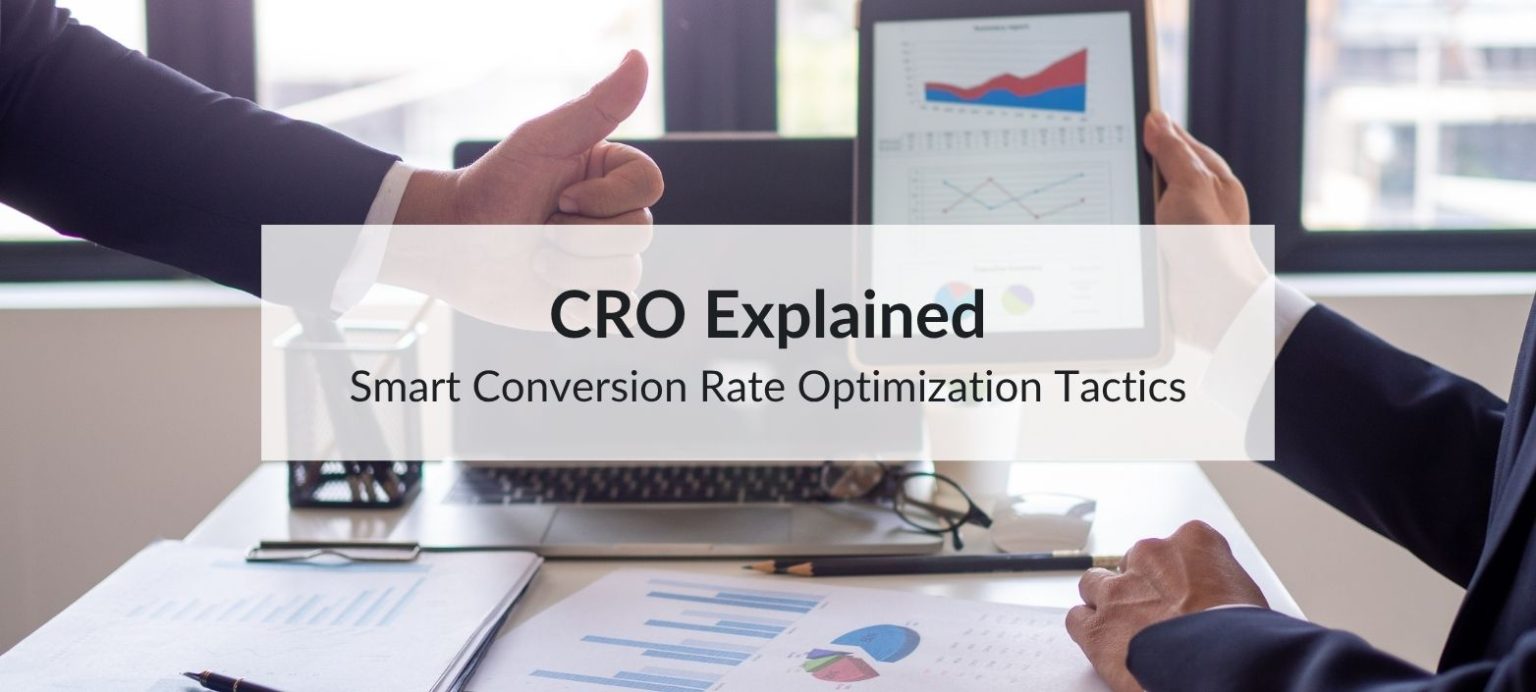If you’re putting effort and budget into getting people to your website, it only makes sense to focus on turning those visitors into customers. That’s where conversion rate optimization, or CRO, comes in. Conversion rate optimization is about making better use of the traffic you already have. For e-commerce store owners and marketing teams, small improvements in CRO can result in measurable revenue growth without increasing acquisition costs.
In this guide, we’ll explain what CRO is, how it works, and which proven tactics can help improve conversion rates across your website.
Table of Contents
What Is Conversion Rate Optimization?
Conversion rate optimization is the process of analyzing and improving your website so that more visitors take specific actions. These actions are called conversions and might include purchases, signups, downloads, or form completions.

Conversion Rate = (Conversions ÷ Total Visitors) x 100
If your online store gets 10,000 visitors and 200 of them make a purchase, your conversion rate is 2 percent. If you optimize key elements of your site and that rate increases to 3 percent, you gain 100 additional sales without any increase in traffic.
CRO uses data, testing, and user feedback to make decisions that directly improve performance. It is a measurable progress that drives real business results.
How to Identify What Affects Your Conversion Rate
Pinpoint Drop-Off Points in the Funnel
The first step in conversion rate optimization is finding out where users are leaving your site without converting. Analytics tools like Google Analytics, Microsoft Clarity, and Hotjar can show where visitors drop off.
Ask yourself the following:
- Are visitors bouncing from the product page?
- Are they adding items to the cart but not checking out?
- Are they hesitating on the shipping or payment step?
By mapping your funnel and analyzing behavior, you can focus your efforts on the areas that need improvement.
Test Key Page Elements That Influence Decisions
Do not change everything at once. Focus on elements that affect user decisions such as product descriptions, call to action buttons, trust badges, and checkout forms.
Run A B tests to compare two versions of a page or element. Tools like VWO and Convert help you run structured experiments and track performance changes. Even small updates like improving button text or adjusting pricing displays can lead to measurable improvements.
Practical CRO Tactics That Improve Results
1. Make Checkout Simple and Fast
A common barrier to conversions is a complicated checkout process. According to Baymard Institute, 18% of users abandon their cart because checkout is too complex.
Here is what you can do:
- Allow guest checkout
- Reduce the number of form fields
- Display clear shipping and return policies
- Support auto fill for customer details
If you make the path to purchase easier, more users will complete it.
2. Strengthen Product Page Content
A good product page should answer questions before the user even asks them. This builds trust and removes hesitation.
Key improvements include:
- High quality product images from multiple angles
- Clear feature lists and product specifications
- Display of user reviews and ratings
- Clear delivery details and pricing
If users feel informed and confident, they are more likely to convert.
Tools That Support CRO Efforts

Use Heatmaps and Session Recordings
Tools like Hotjar and Microsoft Clarity give you a visual map of user behavior. Heatmaps show where users click, scroll, or ignore. Session recordings reveal where users hesitate or get stuck.
This type of data can highlight user pain points that might not be visible in analytics reports.
Monitor Funnels in Google Analytics
Use Google Analytics 4 to create funnels and track user journeys. You can follow steps such as product views, add to cart actions, and checkout completions. This helps you see exactly where users exit and gives insight into where optimization is needed most.
Pairing funnel data with A B test results helps you make informed decisions with confidence.
Common CRO Mistakes to Avoid
1. Relying on Gut Feel Instead of Data
Conversion rate optimization should always be based on data. Avoid changing elements based only on assumptions or internal opinions.
2. Changing Too Many Variables at Once
Test one variable at a time. If you change several things at once and conversions go up or down, you will not know which change made the difference.
3. Ignoring Mobile Experience
More users shop on mobile devices than desktop. If your site is not mobile friendly or takes too long to load, users will leave. Make sure your design, forms, and buttons are easy to use on smaller screens.
4. Failing to Communicate Value Clearly
Users need to know why they should buy from you. If your site does not clearly communicate product value, benefits, or delivery promises, they will look elsewhere.
Use strong headlines, clear pricing, and accurate product information to reduce confusion and build trust.
Final Thoughts
Conversion rate optimization is not just for large companies. It is one of the most efficient ways for any online business to increase sales without increasing traffic. When you figure out what’s turning visitors away and make improvements to the overall experience, the results often speak for themselves.

